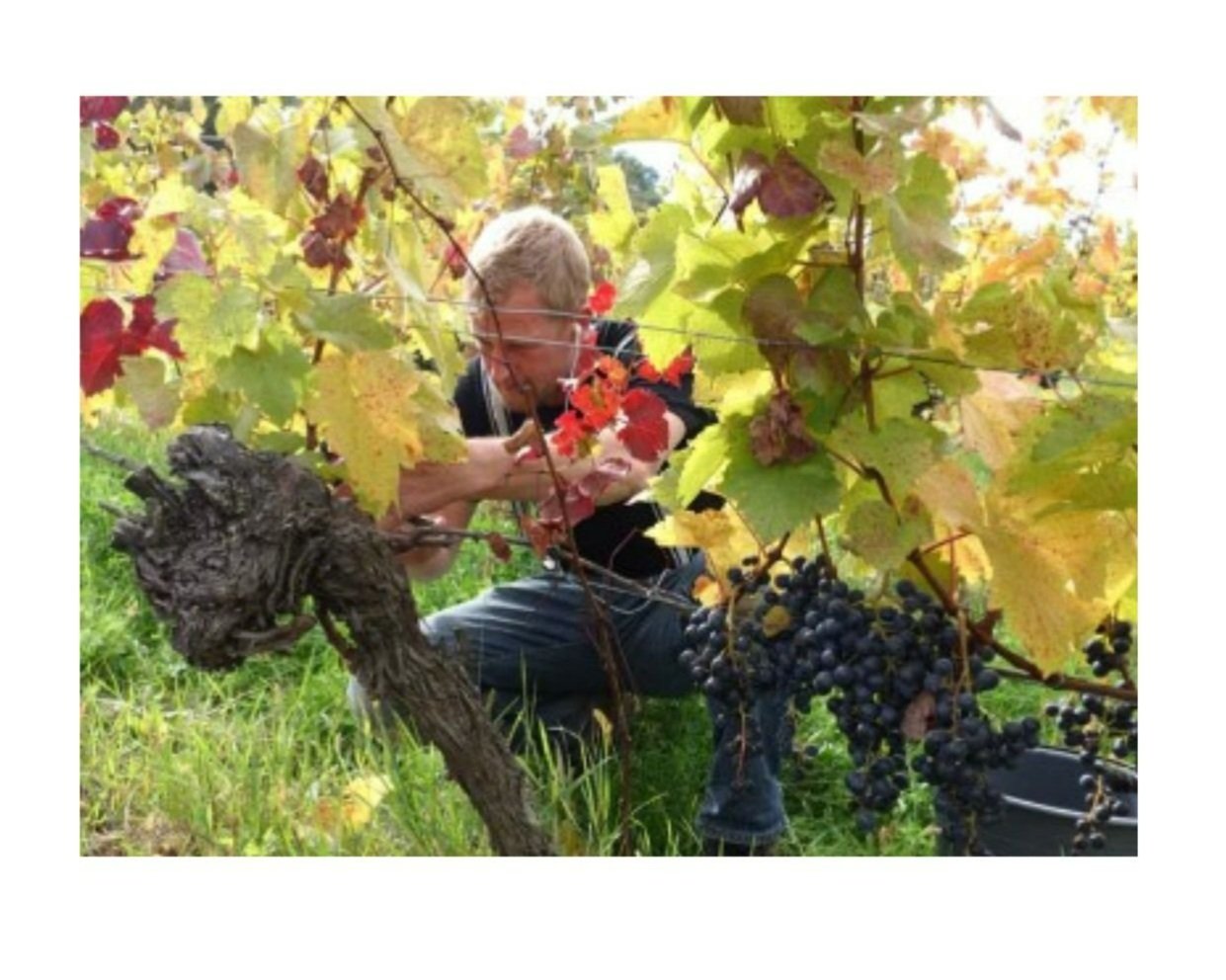Moric
"I believe the world of wine is so fed up with uniform wines, produced with the goal of achieving a maximum of points in a tasting and not with the motivation of creating from the raw materials that are at disposal, namely soil, climate and varietal, a product that is singular, because of the fact that it can only grow in this one place.” - Roland Velich
Roland Velich started the Moric (pronounced Moritz) project in the early 2000s, with a single-minded intention to elevate the status of the Austrian grape Blaufränkisch (known as Kékfrankos in Hungary or Lemberger in Germany). Velich's family was already known for fine white wines from the Mittelburgenland, which lies near the Hungarian border and is influenced by the unique micro-climates of the Pannonian plain and Lake Neusiedl. Impressed by the great red wines of the world, from Burgundy, Rhone and Piedmont (to name a few influences), Velich was convinced of the potential of Blaufränkisch, and wanted to produce an age-worthy, "serious" expression - not an emulation of the red wines he admired, but a uniquely Austrian offering. His approach was to find old, high density vineyards, and combine rigorous selection in the vineyard with low yields, natural fermentation, and patient, low-intervention winemaking. It seems the wines were received well by a handful of other producers and some wine drinkers on release, but given that the "top" (expensive) reds in Austria at the time were generally over-extracted and aged in new oak (emulation of trends elsewhere), Velich's wines were not immediately acclaimed. With time however, there was a gradual realization of how special these wines really were. With each vintage, Velich refined his style and deepened his connection to the old vineyards in Neckenmarkt and Lutzmannsburg, and eventually, wine drinkers were able to try aged bottles of Moric. So we see beginning in the latter half of the 2000s, an increasing amount of rave reviews for the Moric wines, and rightly so!

